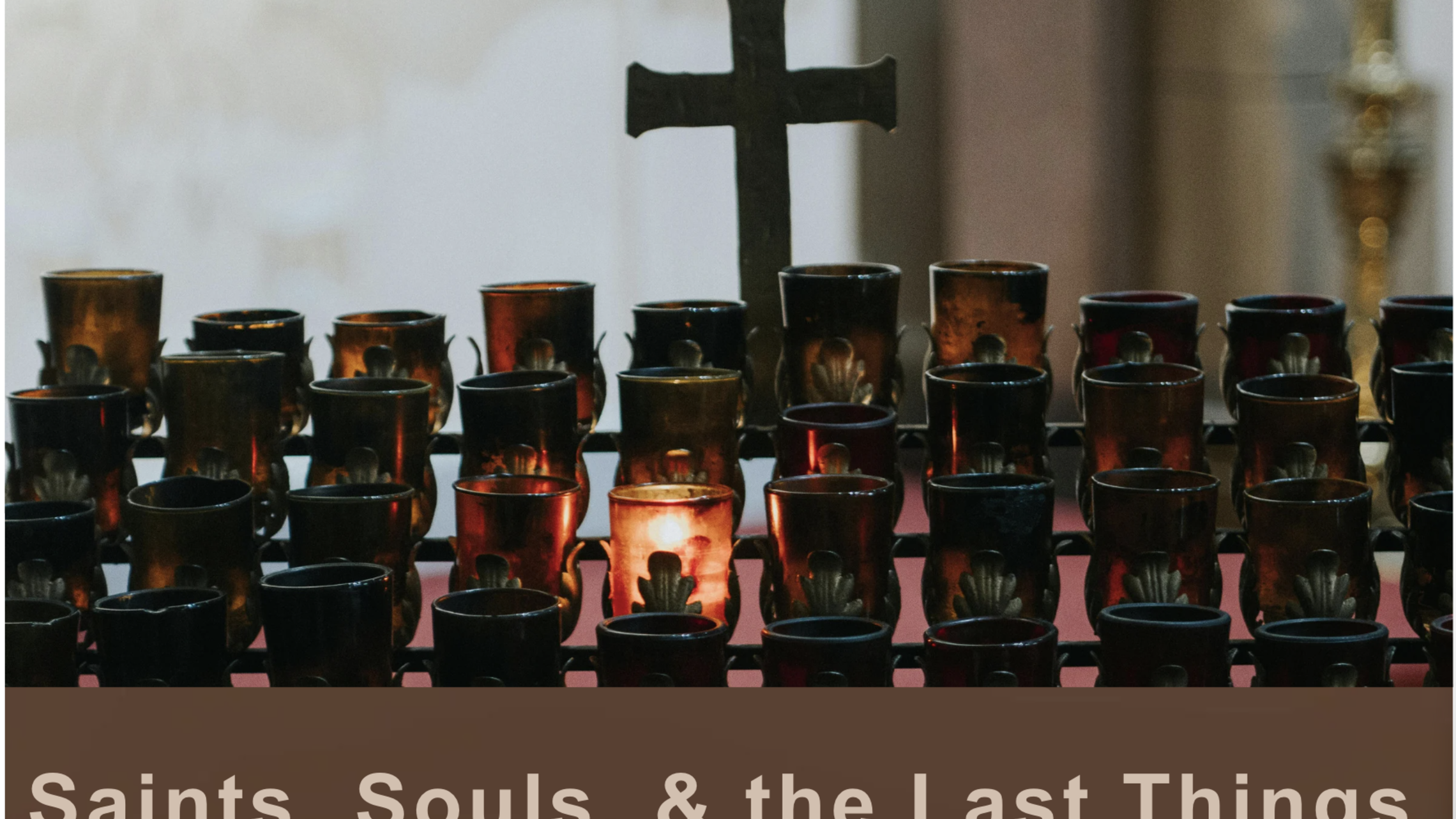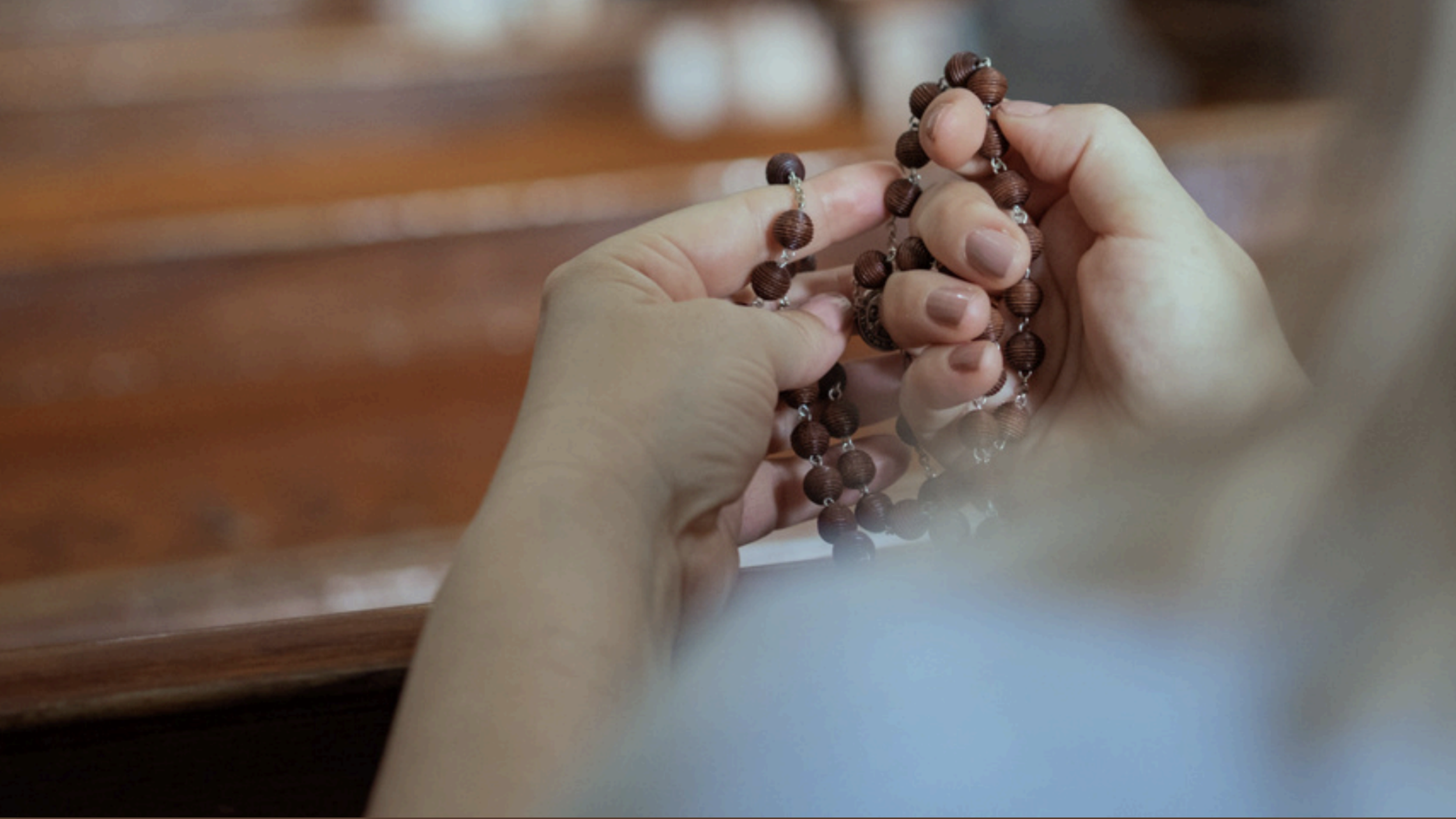Black History Month

Honoring Black American Saints and Holy Men & Women
Black Holy Men & Women & Saints
This article was published in the Black Catholic Messenger.
Click here to subscribe: https://www.blackcatholicmessenger.org/?ref=black-catholic-messenger-newsletter
St. Maurice
Did you know that the patron saint of southern Germany and parts of France, Spain, Italy, and Switzerland, is a man of African origin?
He is Saint Maurice of Aganaum, born less than 250 years after Jesus Christ. He became a general in the Roman army, stationed in what is now France. Saint Maurice and his six thousand African soldiers were ordered to put down a rebellion against the empire. When Saint Maurice discovered they all were Christians, he and his men refused to fight their fellow Christians. They also refused to sacrifice to the Roman gods. For this, the emperor had Saint Maurice and nearly all of his Theban Legion executed. A basilica in Aganaum, Switzerland enshrines their relic remains today.
Pierre Toussaint
Did you know that a former slave who worked as a hairdresser in New York more than two centuries ago is on track to become the first Hatian-American man canonized as a saint from the United States?
Pierre Toussaint was born and raised as a Catholic slave in Haiti when it was still a French colony. To escape the slave rebellions that eventually drove out the French government, Toussaint’s owners fled, with him, to New York. He was assigned as an apprentice to one of the city’s leading hairdressers, and became quite successful. When his slave-owner died, Toussaint quietly supported his owner’s widow. She, in gratitude, freed Toussaint from his slave status. Toussaint later married and used his considerable wealth to support charitable causes, including work against religious and racial prejudice. Toussaint’s death in 1853, at age 87, sparked widespread mourning. Just 13 years ago, Pope John Paul II declared Pierre Toussaint, Venerable, the first step to becoming a saint.
St. Monica
Did you know that perhaps no mother, other than the Virgin Mary herself, is considered to have had so much influence on the early Catholic Christian Church, as Monica of Tagaste, Africa? Why so? Because Saint Monica spent most of her lifetime praying for the Christian conversion of a wayward and worldly son, who eventually became one of the Church’s greatest theologians, Saint Augustine. Some observers considered her an interfering, in-your-face kind of mom. Others saw her as a shrewd woman of faith and spiritual anchor for a son whose talents she felt belonged to the Church. A crowning moment for Saint Monica was when she saw Augustine finally baptized in the Church. She died in the year 387.
Bishop Anderson, SSE
Moses B. Anderson, SSE was born on September 9, 1928 in Selma, Alabama, and graduated from Knox Academy there in 1949. He was a member of the Society of St. Edmund. Anderson then attended Saint Michael's College in Winooski, Vermont, where he majored in philosophy attaining a B.A. and graduating magna cum laude. From there he moved on to St. Edmund Seminary in Burlington, Vermont. He earned an M.S. in Sociology at St. Michael's College in 1961. He also earned an M.A. in Theology at Xavier University in 1968. During his tenure at Xavier he was a part of a team that formed the Black Catholic Institute.
Anderson was ordained on May 30, 1958. In 1982 he became the first and only African American bishop ordained for the Archdiocese of Detroit. On January 18, 1992, he became the pastor of Precious Blood Parish in Detroit.
He retired in 2003 upon reaching the age of 75; and passed away on January 1, 2013.
Charles Randolph Uncles
Charles Randolph Uncles was the son of a B & O Railroad worker and a dressmaker mother. Fr. Uncles was an extremely bright student in high school and college. He broke the color barrier in Baltimore’s St. Mary’s Seminary, at a time when segregation within and outside the Catholic Church was the norm. Fr. Uncles’ ultimate achievement, his ordination, in 1891 made headlines around the country, including those of the New York Times newspaper. Two years after his famous ordination, Father Uncles became one of the founders of the St. Joseph Society of the Sacred Heart. More commonly known as the Josephites, this order’s mission is to evangelize African Americans, mostly in the United States.
Josephine Bakhita
Did you know that the first African woman to be canonized as a saint by the Church in 21st century lived her entire childhood as a slave?
When just a little girl, Saint Josephine Bakhita (Bah-KEE-tah), was kidnapped from her loving family in the Sudan, and sold into brutal slavery. Her different “owners” frequently beat and tortured her. Finally when she was sold to an Italian diplomat, at age 14, St. Josephine Bakhita received Christian instruction for the first time from the Sisters of Charity in Venice, Italy. Later, when the diplomat’s family returned to Africa, Saint Josephine Bakhita refused to go with them. She remained within the protection of the Sisters’ convent in Italy, where slavery was illegal. For the next 50 years, she joyfully and faithfully served as the convent’s cook, seamstress, sacristan, and doorkeeper until her death in 1947.
This is copyrighted material, used with the permission of the Archdiocese of Washington, Office of Black Catholics.
Sister Thea Bowman
Did you know that a little Methodist girl born, Bertha Bowman, in Yazoo City, Mississippi, grew up to be a renowned Roman Catholic nun, teacher and scholar?
Sr. Thea Bowman became Catholic when she was nine years old. She later went to college and then became the first African American to join the Franciscan Sisters of Perpetual Adoration in Wis. After 16 years of teaching at the elementary, secondary and college levels, Sr. Thea Bowman was invited to be a special consultant for the Catholic Church. She gave presentations around the country aimed at bridging racial and cultural divisions. She combined her gifts of singing and gospel preaching, with prayers and storytelling. Sr. Thea Bowman was diagnosed with bone cancer in 1984. Yet, she continued her fight against the evils that drive people apart, from her wheel chair, until her death at age 53 in 1990. Sr. Thea Bowman said she prayed “to live until I die – to live fully.” And that she did.
Father Norman DuKette
Father Norman Anthony DuKette, was the first black priest of the Archdiocese of Detroit. “The Duke" as he was called by his friends, was born November 11, 1890, in Washington D.C. to John Henry DuKette and Letitia Greenleaf DuKette.
During his middle school years Norman moved to Detroit and met Rev. Joseph C. Wuest, S.S.S.P., pastor of Old St. Mary's Parish downtown. He volunteered his services and assisted in organizing the city's first black mission, St. Peter Claver.
Fr. Wuest encouraged him to pursue seminary studies Norman Dukette applied for the priesthood in the Roman Catholic Church. He became the first black student at Loras Academy and College in Dubuque Iowa from which he graduated in 1922 and finally the first black Catholic priest ordained for the Archdiocese of Detroit. After several years of service in Detroit as Pastor at St. Benedict the Moor Parish his ministry led him to the diocese of Saginaw where he founded and pastored Christ the King parish in Flint until his retirement in 1970. DuKette passed away on March 31, 1980.
St. Katherine Drexel
Did you know that a canonized saint who described herself as “The mother and servant of the Indian and Negro races” helped finance the first Black Catholic College in the United States?
In 1858, St. Katherine Drexel was born into great wealth in Philadelphia, Pa. As she grew up, St. Katherine’s parents taught her that their money was meant to be shared with others. St. Katherine took this to the heart throughout her long life, especially in service to suffering Native and African Americans. She gave more than 21 million dollars of her own money to help found dozen of churches, schools, and hospitals across the United States. Besides founding her own religious congregation of the Sisters of the Blessed Sacrament, St. Katherine also established Xavier University in New Orleans, La. It’s the only Catholic African American College in the country. St. Katherine Drexel died in 1955 and became a saint in the year 2000.
Bishop James Healy
James Augustine Healy was the first African-American Roman Catholic priest and first African-American Roman Catholic bishop in the United States. Father Healy was the eldest of 10 siblings born near Macon, Georgia in 1839 to an Irish immigrant plantation owner and his wife, an African American former slave.
In 1866 Healy became the pastor of St. James Church, the largest Catholic congregation in Boston. Pope Pius IX named him as the second bishop of Portland, Maine. For 25 years, he governed his large diocese, supervising also the founding of the Diocese of Manchester, New Hampshire, when it was cut off from Portland in 1885. During his time in Maine Healy oversaw the establishment 60 new churches, 68 missions, 18 convents and 18 schools.
Fr Patrick Healy
Did you know that Georgetown University’s second president was a black Catholic?
Patrick, as he was known, was born into slavery in Macon, Georgia, to the Irish-American plantation owner Michael Healy and his bi-racial slave Mary Eliza. Because of the law of slavery that children took the status of the mother, Patrick and his siblings were legally considered slaves, although they were three-quarters or more European in ancestry.
Following graduation from Holy Cross, Patrick entered the Jesuits as a novice and later became ordained. In later years he became the second President of Gegorgetown. Patrick Healy's influence on Georgetown was so far-reaching that he is often referred to as the school's "second founder," following Archbishop John Carroll.
Healy helped transform the small nineteenth-century college into a major university for the twentieth century. He is credited for modernizing the curriculum by requiring courses in the sciences, particularly chemistry and physics. He expanded and upgraded the schools of law and medicine. He became one of the most renowned Jesuit priests of his time in that role. The most visible result of Healy's presidency was the construction of the university's flagship building which was named in his honor as Healy Hall.
Healy left the College in 1882 and traveled extensively through the United States and Europe, often in the company of his brother James. In 1908 he returned to the campus infirmary, where he died. He was buried on the grounds of the university in the Jesuit cemetery.
Other notable figures
Throughout the first two centuries of Christianity many black Catholics were also canonized for their contributions to the Church.
St. Augustine of Hippo (354-430) was a bishop of modern-day Algeria in northern Africa. He was known as a defender of Christianity who worked throughout his life to convert others to his faith. He was also a writer who lived a mostly monastic life.
St. Martin de Porres (1579-1639) is perhaps the best-known black Catholic from the Western Hemisphere. His father was a Spanish nobleman, his mother a black former slave. De Porres worked on behalf of the poor throughout his life. He was canonized in 1962 during the height of the Civil Rights Movement.
St. Peter Claver (1580-1654) was a Spaniard who lived in the port city of Cartegeña, Columbia, which was a center of African slave importation to the Americas during the 1600s. Claver was moved by the inhumane treatment of slaves and spent his life serving them. He is remembered for baptizing thousands of people and attempting to protect the helpless.
Categories:



